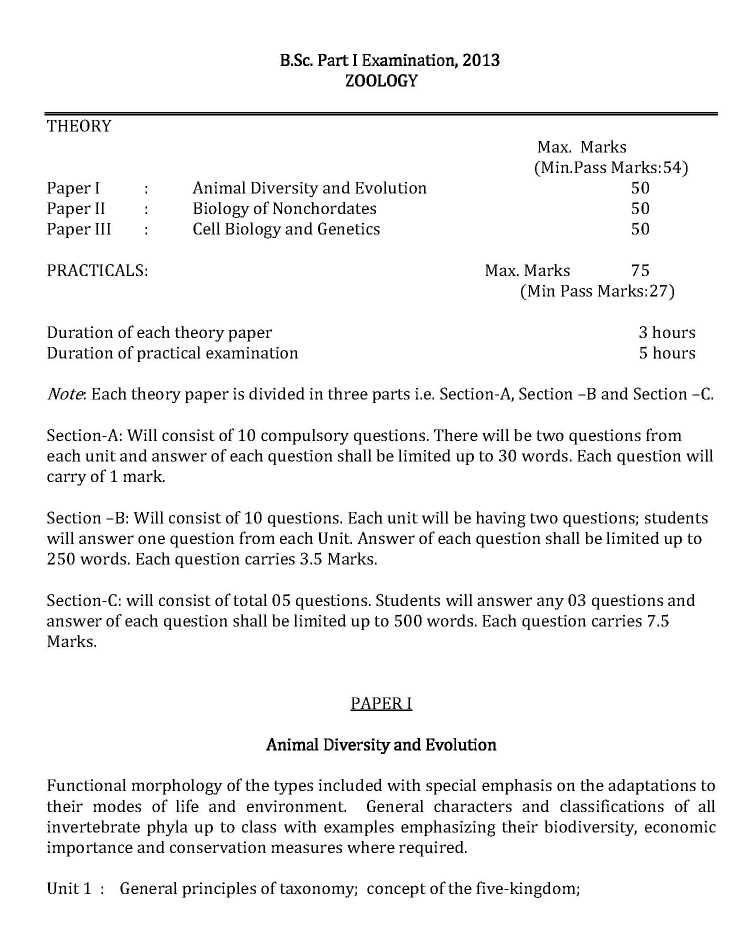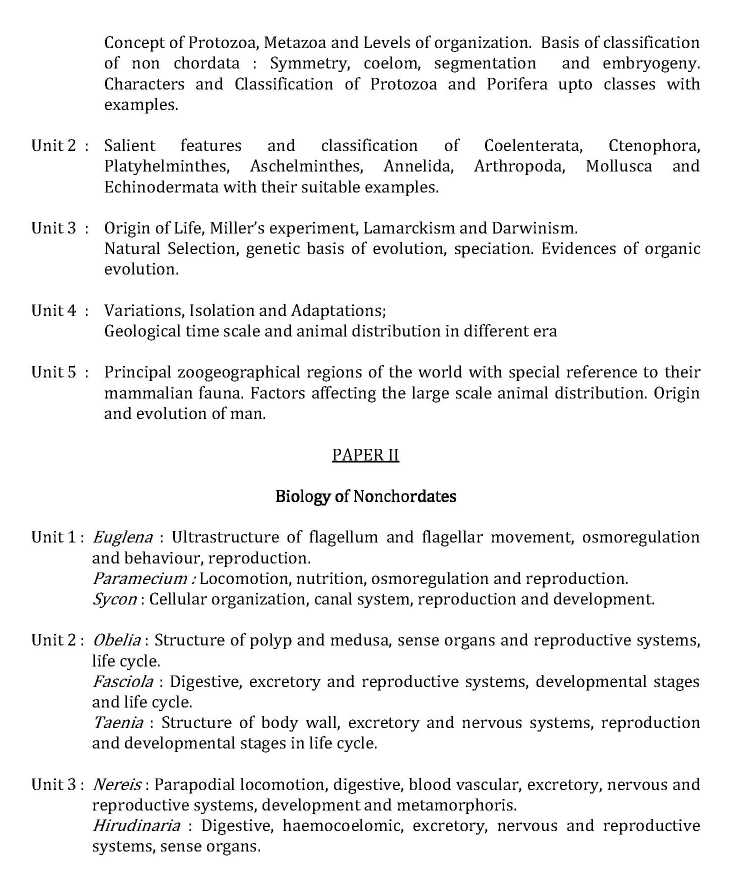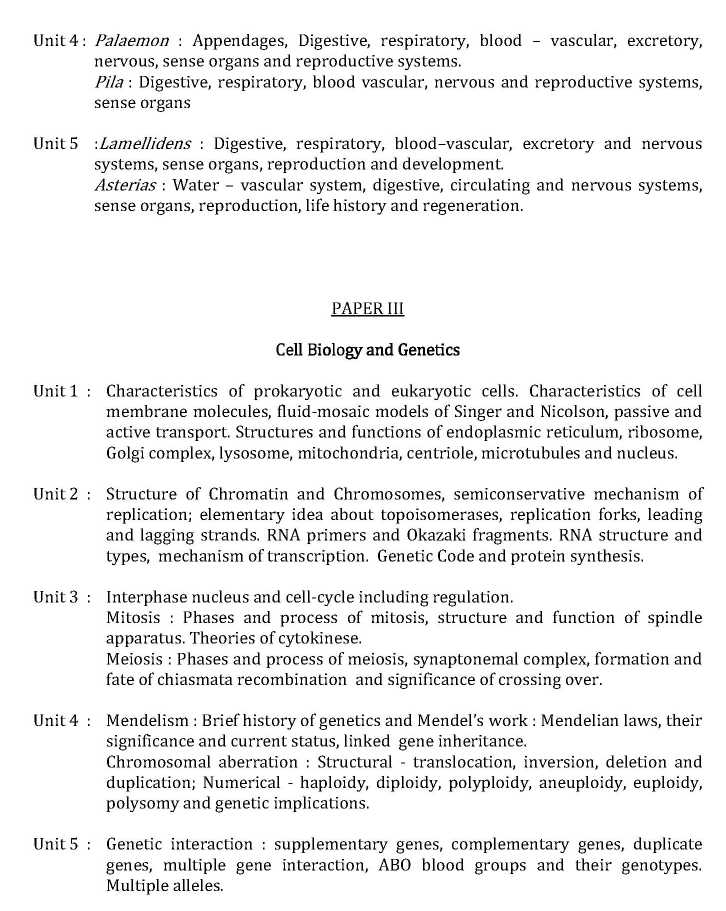|
#2
16th November 2015, 11:07 AM
| |||
| |||
| Re: JNVU Jodhpur Bsc 2nd Year Syllabus
As you want syllabus of B.SC Zoology 2nd Year Program of JNVU Jodhpur, so here I am providing following syllabus: JNVU Jodhpur B.SC Zoology 2nd Year Program Syllabus Paper I : Chordate Structure and function Paper II : Developmental Biology Paper III : Immunology, Microbiology and Biotechnology PAPER I Chordate Structure and Function Unit 1 : Classification and characters of phylum Chordata (excluding extinct forms) up to orders. Comparisons of habit, habitat, external features and anatomy of Balanoglossus, Herdmania and Branchiostoma (excluding development). Unit 2: Ascidian tadpole larva and its Metamorphosis Affinities of Hemichordata. Urochordatan and Cephalochordata Habit, Habitat and salient features of Petromyzon, Ammocoete larva. Unit 3: Integument including structure and development of placoid scales, feathers and hairs. Jaw suspensorium, limbs and girdles of Rana, Uromastix, Columba and Oryctolagus. Unit 4: Heart and aortic arches, respiratory system and alimentary canal of Scoliodon, Rana, Uromastix, Columba and Oryctolagus. Unit 5: Brain, urinogenital system (Scoliodon, Rana, Uromastix, Columba and Oryctolagus), Identification of poisonous and non poisonous snakes. Biting Mechanism in snakes, flight adaptations in birds. Adaptations in aquatic mammals. PAPER II Developmental Biology Unit 1 : Formation of egg and sperm, vitellogenesis and fertilization. Types of eggs and sperms, parthenogenesis, regeneration. Unit 2 : Planes and patterns of cleavage in chordates, significance of cleavage and blastulation. Morphogenetic cell movement. Fate maps and significance of gastrulation. Unit 3 : Development of Branchiostoma ( Amphioxus) up to gastrulation; chick egg and its development up to the formation of primitive streak Extra embryonic membranes of chick, development of placenta in rabbit; types and functions of placenta in mammals. Unit 4 : Various types of stem cells and their applications (with special reference to embryonic stem cells). Cloning of animals: nuclear embryonic transfer technique, nuclear transfer technique. Identical, Siemese and fraternal twins. Artificial insemination. Unit 5 : Organogenesis of alimentary canal, eye, kidney, gonads and brain in mammal. JNVU Jodhpur B.SC Zoology 2nd Year Program Syllabus      |



